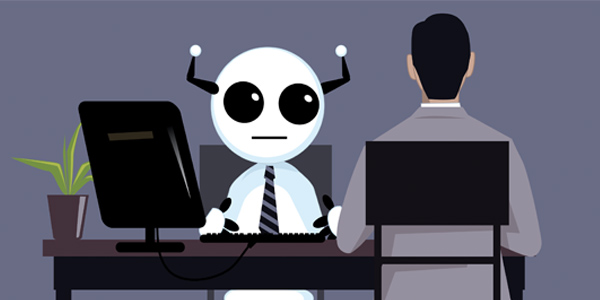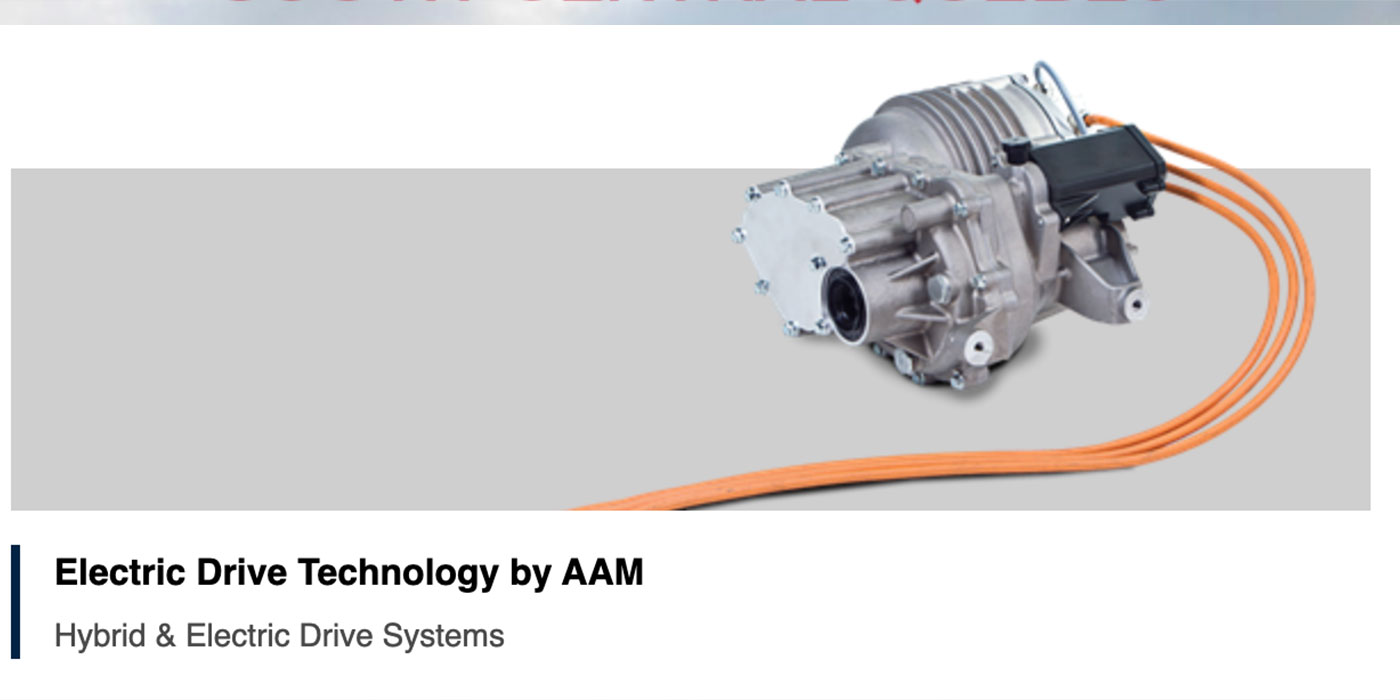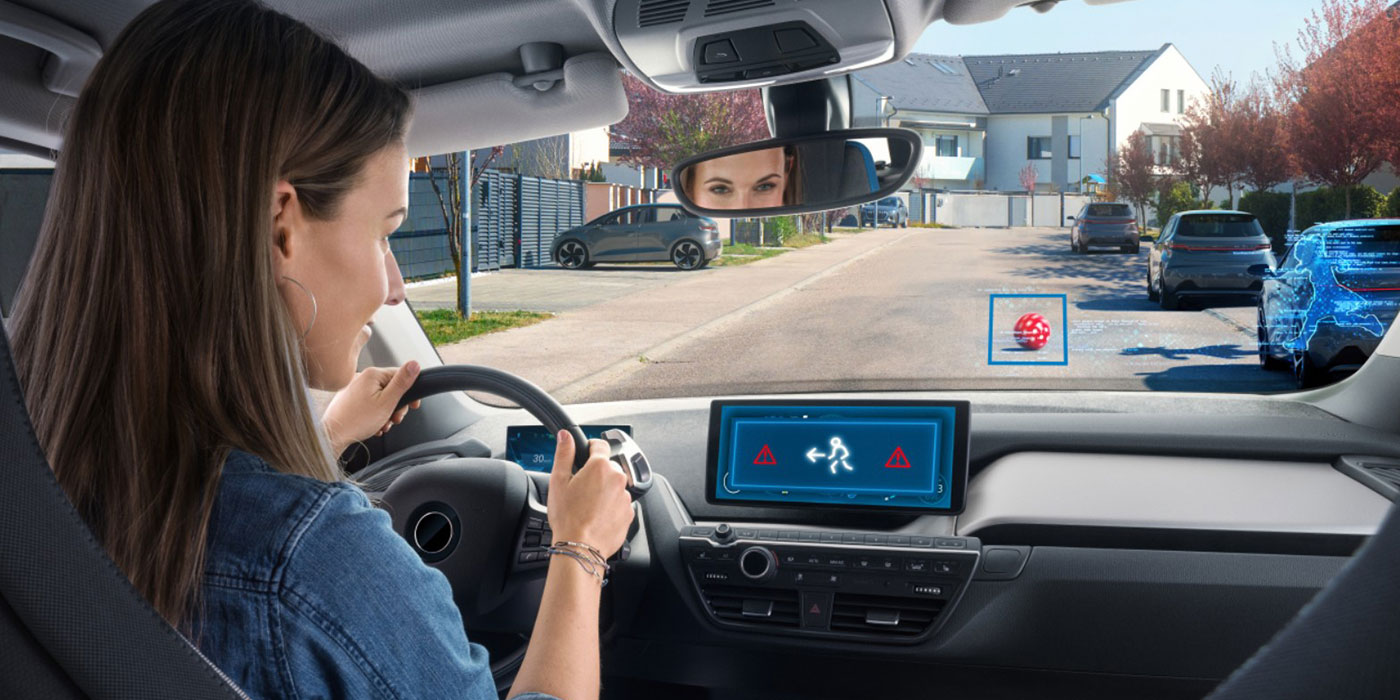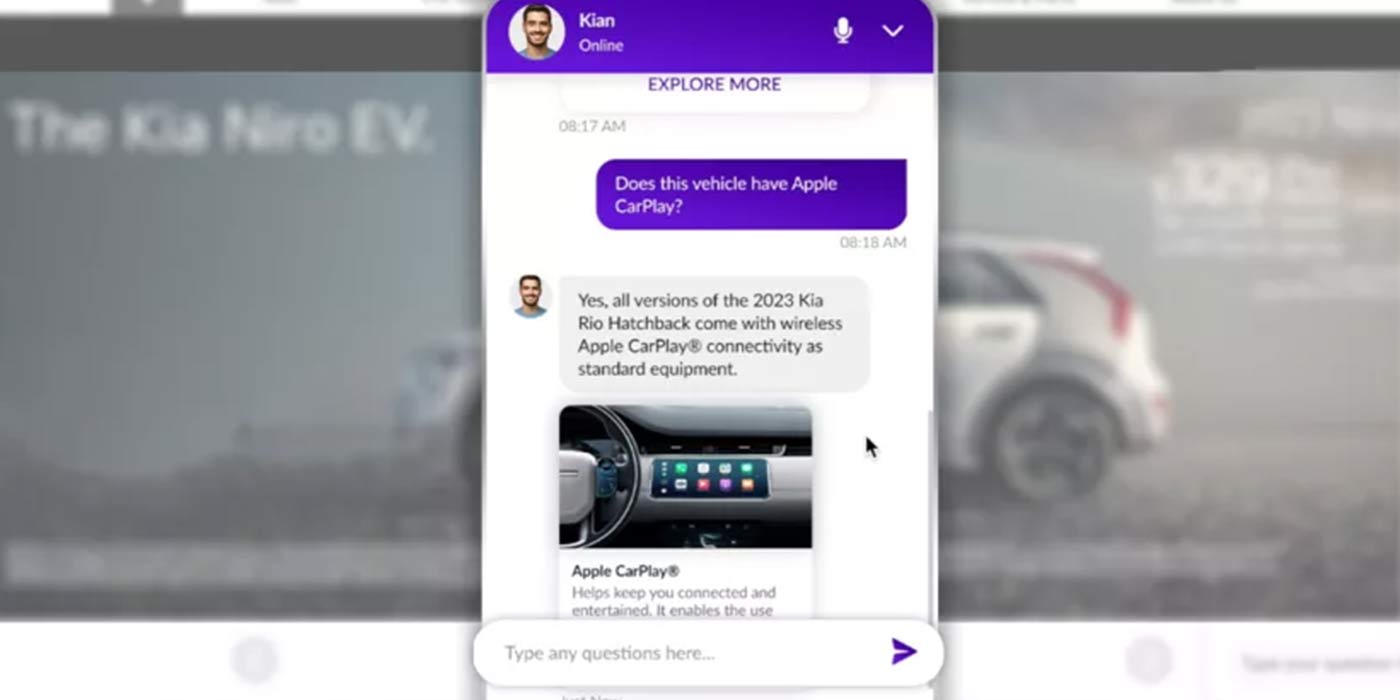 Not long ago, the United States Department of Labor released its Draft Fiscal Years 2018 to 2022 Strategic Plan. Sadly, it contained no references to artificial intelligence (AI), robotics or other automated systems. Not only are these technological advances driving some of the global economy’s fastest-growing industries, but they also will play important roles in the economy and labor market of the future. When Littler Mendelson, the largest employment law firm in the world, saw this omission, they teamed up with Prime Policy Group, the Washington, D.C., government relations firm, to provide a 15-page comment, detailing the developments they see coming and their recommendations. This Herman Trend Alert is an overview of that comprehensive comment.
Not long ago, the United States Department of Labor released its Draft Fiscal Years 2018 to 2022 Strategic Plan. Sadly, it contained no references to artificial intelligence (AI), robotics or other automated systems. Not only are these technological advances driving some of the global economy’s fastest-growing industries, but they also will play important roles in the economy and labor market of the future. When Littler Mendelson, the largest employment law firm in the world, saw this omission, they teamed up with Prime Policy Group, the Washington, D.C., government relations firm, to provide a 15-page comment, detailing the developments they see coming and their recommendations. This Herman Trend Alert is an overview of that comprehensive comment.
Science fiction no more
The use of robotics, AI and automation in the workplace is no longer relegated to science fiction. Spending on robotics and AI will reach $250 billion during 2020, more than a trillion dollars during 2025, and sometime thereafter, robotics and AI will become the largest industry in the world. It is projected that by as early as 2025, half of the jobs in the U.S. could be performed by self-learning machines and software. According to Littler, recent advances in the technologies of AI and robotics have led to a sharp increase in the capabilities and cost-effectiveness of automated systems.
Already revolutionizing the global economy
The effects these technologies have already had on the global economy are extensive and far-reaching. From healthcare to eldercare to rehab to social media to intelligent transportation systems, these automated applications are affecting every sector to one degree or another. Even the U.S. Department of Defense last year spent more than $1.5 billion on AI projects. As if that weren’t enough, 80 million smart home devices were sold in the same year, and that number is expected to double in 2017.
China and other countries have invested heavily in automated systems
China has a plan is to establish itself as the world leader in AI by 2030 and they are well on their way. The country is training workers who can build, operate and maintain these automated systems as well. Every year, Chinese tech companies invest billions of dollars to challenge Silicon Valley’s AI establishment. China, Japan and Germany are challenging the U.S.’ AI dominance and will surpass its performance, unless there is a concerted effort to meet those challenges.
Driving job growth
Rather than causing the reduction of jobs, automated systems drive job growth. Interestingly, a recent survey revealed that most of the aggressively adopting companies have either maintained or increased their number of human workers. Thus, the most forward-thinking companies have used robotics and AI to increase productivity and position themselves competitively for the future without losing their tribal knowledge.
Workforce development advice
Here, Littler and Prime offer some of the same suggestions we have been promoting for years:
- Talk to employers, then gear programs to their needs.
- Use MOOCs* and self-paced training to upskill workers.
- “Close the skills gap through training, education, and apprenticeships relevant to AI and robotics.” Taking this action also can help stem the rising TIDE (Technology-Induced Displacement of Employees)
- Create a sustainable pipeline of workers trained in automated systems.
What to expect in the future
With the current political climate in Washington, D.C., we suspect there is little appetite for establishing the “Future Workforce Bureau,” suggested in the document; however, once that climate changes, we see that move as an excellent one for the country. Organizations will need to get ahead of this technological wave or expect to be swamped by it. Wise employers will create their own cross-functional teams to look at how these technologies can and must be applied in their businesses. They will begin now to plan for the future. Like it or not, our automated future is here and advancing quickly. In the words of the late Roger Herman, “You’re either on the train or under it.”
* Massive Open Online Courses














